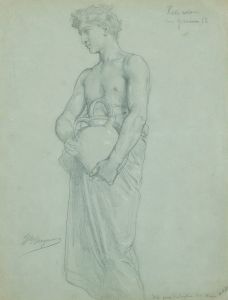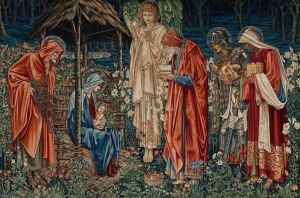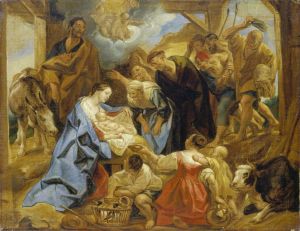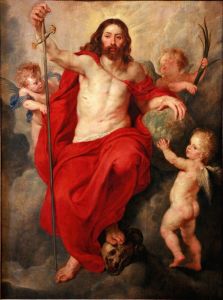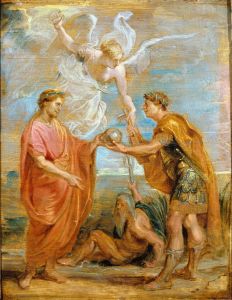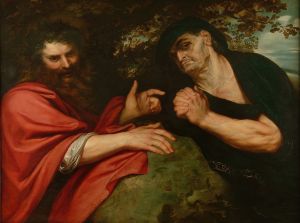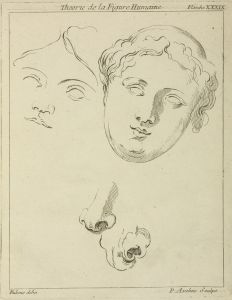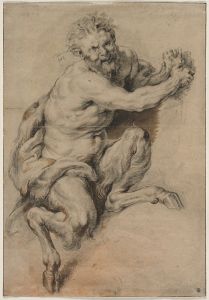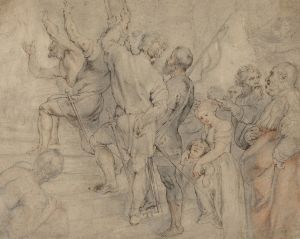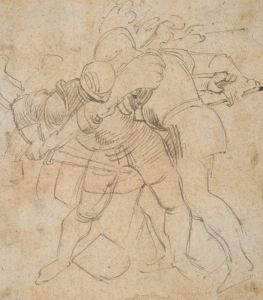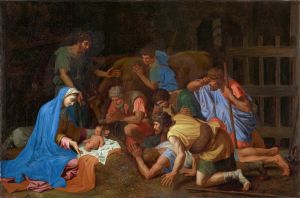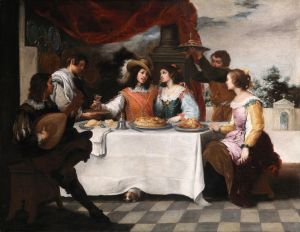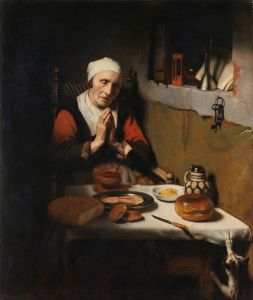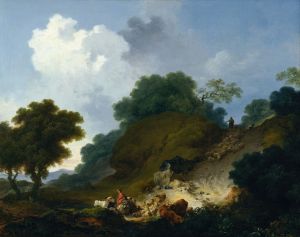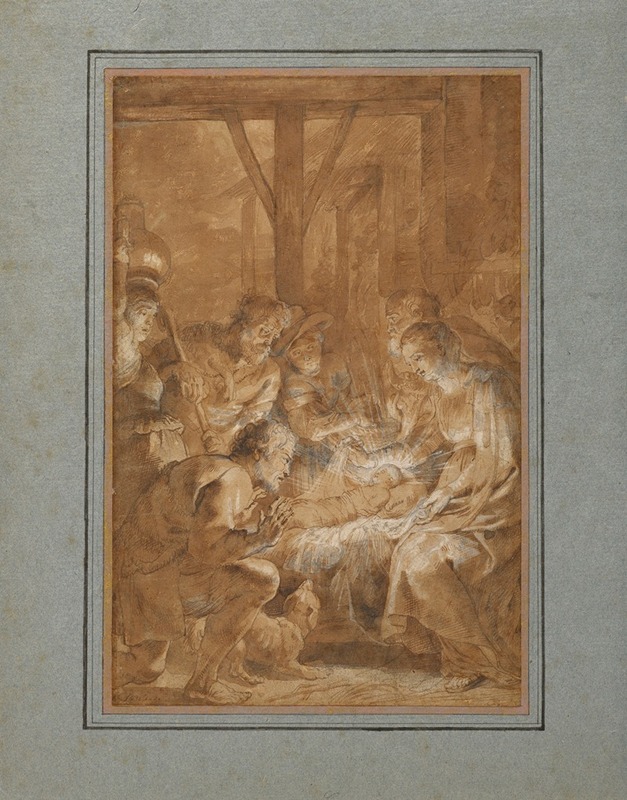
The Adoration of the Shepherds
A hand-painted replica of Peter Paul Rubens’s masterpiece The Adoration of the Shepherds, meticulously crafted by professional artists to capture the true essence of the original. Each piece is created with museum-quality canvas and rare mineral pigments, carefully painted by experienced artists with delicate brushstrokes and rich, layered colors to perfectly recreate the texture of the original artwork. Unlike machine-printed reproductions, this hand-painted version brings the painting to life, infused with the artist’s emotions and skill in every stroke. Whether for personal collection or home decoration, it instantly elevates the artistic atmosphere of any space.
Peter Paul Rubens, a prominent Flemish Baroque painter, created "The Adoration of the Shepherds" around 1608. This painting is a significant example of Rubens' early work, showcasing his mastery in depicting religious themes with dramatic intensity and vibrant color. Rubens was known for his dynamic compositions and his ability to convey emotion through expressive figures, and "The Adoration of the Shepherds" is no exception.
The painting illustrates the biblical scene of shepherds visiting the newborn Jesus, a popular subject in Christian art. Rubens captures the moment described in the Gospel of Luke, where shepherds, guided by an angel, come to pay homage to the infant Christ. The composition is filled with a sense of awe and reverence, as the shepherds gather around the manger, their faces illuminated by the divine light emanating from the child.
Rubens' use of chiaroscuro, the contrast between light and dark, is particularly effective in this work. The light source appears to come from the Christ child himself, symbolizing his divine nature. This technique not only highlights the central figures but also creates a dramatic atmosphere that enhances the spiritual significance of the scene. The shepherds, depicted with rugged features and humble attire, are rendered with a naturalism that reflects Rubens' keen observation of human expression and anatomy.
In addition to the shepherds, the painting includes other figures such as Mary and Joseph, who are depicted with serene and contemplative expressions. Mary, in particular, is shown with a gentle demeanor, her gaze fixed lovingly on her child. The presence of angels adds a celestial dimension to the composition, reinforcing the theme of divine intervention and the miraculous nature of Christ's birth.
Rubens' early exposure to Italian art, particularly the works of Caravaggio and the Venetian masters, influenced his approach to color and composition. In "The Adoration of the Shepherds," one can observe the rich, warm palette and the dynamic arrangement of figures that are characteristic of his style. The painting reflects Rubens' ability to synthesize these influences into a cohesive and original expression of the nativity theme.
"The Adoration of the Shepherds" is housed in the Museo del Prado in Madrid, Spain. It is part of a larger collection of Rubens' works, which the museum holds as one of the most comprehensive in the world. The painting is admired not only for its artistic merit but also for its ability to convey the profound spiritual message of the nativity with clarity and emotional depth.
Rubens' contribution to Baroque art is immense, and "The Adoration of the Shepherds" exemplifies his skill in combining realism with idealism, creating works that are both visually compelling and spiritually resonant. This painting remains a testament to Rubens' genius and his enduring influence on the development of Western art.





